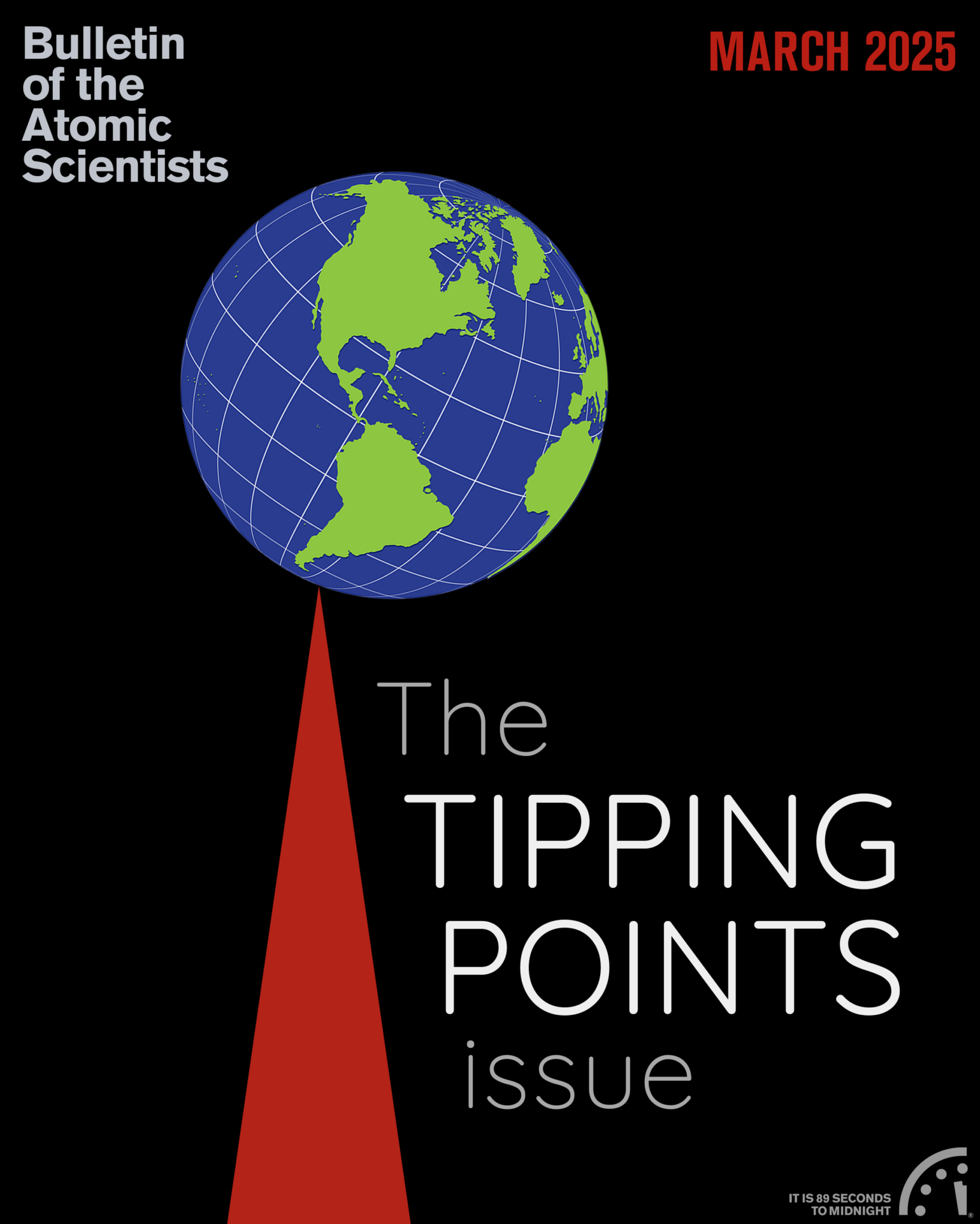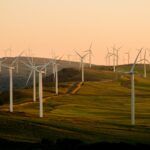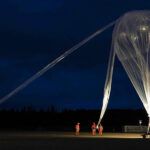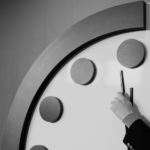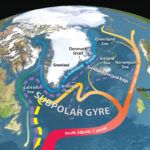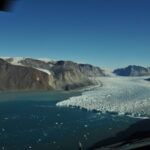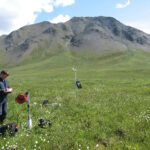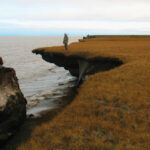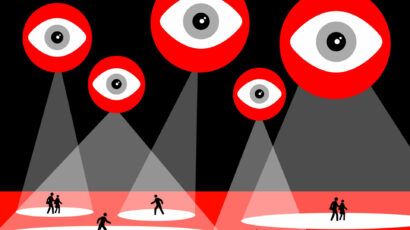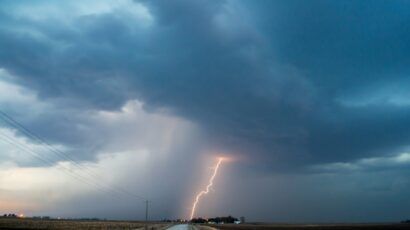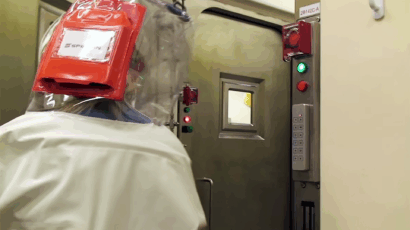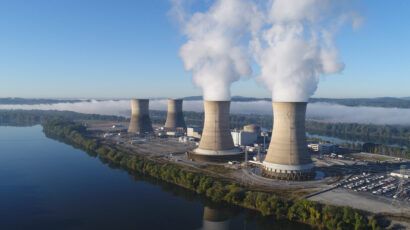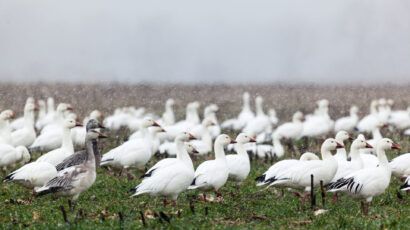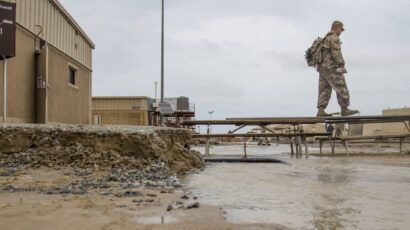Carlos Nobre on tipping points in the Amazon rainforest
By Dan Drollette Jr | March 12, 2025
Carlos Nobre on tipping points in the Amazon rainforest
By Dan Drollette Jr | March 12, 2025
For roughly 65 million years, the forests of the Amazon were resilient to changes in the climate. But that is changing rapidly, as the region is exposed to unprecedented stress from global warming, extreme droughts, and fires, leading to massive deforestation—even changing the biome itself, from that of a rainy forest rich in biodiversity to a much drier and less-diverse savannah. Feedbacks that had once existed to stabilize the balance between the forest and the local environmental are being rapidly replaced by new, synergistic feedback systems that tip the region toward what biologists call a “degraded,” less-resilient, ecosystem, with potential mass extinctions at the regional level.
To help explain what is going on, I interviewed the Brazilian scientist and meteorologist Carlos Nobre, who has spent decades studying the Amazon and its impacts on the Earth system. He earned a doctorate in meteorology from MIT in 1983, working alongside some of the earliest pioneers of climate modeling to understand the effects of climate change in the region; he’s contributed to many Intergovernmental Panel on Climate Change reports. (Nobre was also a researcher with Brazil’s National Institute for Space Research for over 30 years, where he helped to establish a modern weather and climate forecasting research center.) Nobre is the co-chair of the Science Panel for the Amazon, and the leader of the Amazonia 4.0 project, which aims to develop a nature-based bioeconomy of standing forests and flowing rivers.
At the time of this interview, the 73-year-old Nobre had just flown back from the World Economic Forum meeting in Davos, Switzerland.
(Editor’s note: This interview has been condensed and edited for brevity and clarity.)
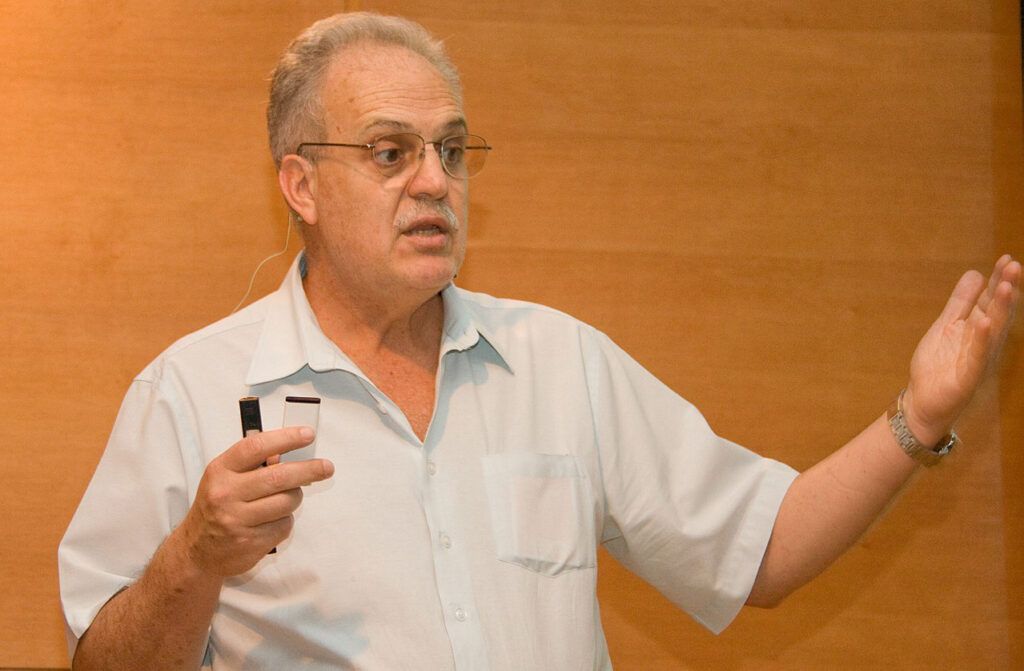
Dan Drollette Jr.: In 2019, you co-wrote an open letter in Science Advances called “Amazon tipping point: Last chance for action.” [1] How have things changed since then? Is it better, worse, the same?
Carlos Nobre: I think things are becoming much worse, particularly from the second half of 2023 onwards. We had record-breaking drought in the Amazon, as well as record-breaking forest fires. In 2024 we had more than 180,000 forest fires all over the Amazon, with close to 148,000 of them in the Brazilian Amazon alone.
And the data show that very few of those fires were ignited by natural causes such as lightning strikes. Instead, 98 percent were of man-made origin.
But unlike those wildfires you recently had in Los Angeles, where many fires were “man-made” in the sense that they were caused by a combination of things—like accidents, downed electric wires, and ferocious winds—here in the Amazon, we suspect that the man-made wildfires were mostly criminal in origin.
Drollette: Criminal?
Nobre: By that I mean that these were not, let’s say, farmers or cattle ranchers who used fire to clear land and the fire accidentally escaped into the forest. No, this was a matter of organized crime putting fires in the forest.
Anyway, the point is that the Amazon had record-breaking drought, and record-breaking fires—which also put the Amazon at its lowest river level in history. All these issues came together, to make 2023 and 2024 closest to the tipping point ever.
So we are very concerned, because drought affects not only the fire conditions but increases the forest degradation overall. The dry season becomes very dry—almost zero precipitation. And that dryness leads to severe forest degradation, in addition to what the forest fires do. They’ve all brought the Amazon forest closest to the tipping point.
Drollette: When people are talking about tipping points in the Amazon, what do they mean, exactly? How will it happen, and how will we know it—will we see it? Will it be a gradual process or sudden and dramatic?
Nobre: Oh, we’ll see it, all right.
You know, there are really two ways of looking at how close the Amazon is to a tipping point.
The first one is that over a huge area of the southern Amazon—from the Atlantic all the way to the lowlands of Bolivia, Peru, and Colombia, along with all the southern Brazilian Amazon— the dry season is becoming lengthier and lengthier, decade after decade. This is an area close to 2.5 million square kilometers, that over the last 45 years, has been seeing the dry season get five weeks lengthier. On average, the dry season has been becoming about one week longer per decade.
So historically, there’s been a long evolution. The dry season over this southern portion used to be three to four months—and even during the driest part of the dry season, there was a little bit of rain, maybe 40 or 50 millimeters.
But what we are seeing now is that the dry season is not only five weeks lengthier, but the rainfall during this season is about 20 or 30 percent less—and the temperature is two, or three degrees warmer.
So, as I said, where historically the dry season lasted three to four months, now it’s already 4 to 5 months, which is dangerously close.
As soon as it reaches six months, that’s the point at which you hit the climate envelope. What was jungle becomes savannah, the kind of biome found south of the Amazon and north of the Amazon.[2] So that’s one reason why we say we are very close to the tipping point.
Drollette: What’s the other reason?
Nobre: Number two is that studies have shown that in the south-eastern Amazon over the last 15 years, some forestland has stopped being a carbon sink and has started to become a carbon source. And that’s significant: Historically, forests remove more than 30 percent of all the carbon dioxide that we release into the atmosphere; as late as the 1990s, the Amazon rainforest was still removing close to 1 billion tons—and in some years, closer to 1.5 billion tons—of carbon dioxide. So it’s very concerning that in this area of the Amazon, the forest itself has become a carbon source.
And it’s become a carbon source because the dry season is longer, the temperature is much hotter, and tree mortality is increasing tremendously.
So I’m saying that these two factors are going on at the same time—the dry season in the southern Amazon is five weeks lengthier, and in the southeastern Amazon, the forest has become a carbon source. Consequently, it’s obvious that the Amazon is at the edge of a tipping point.
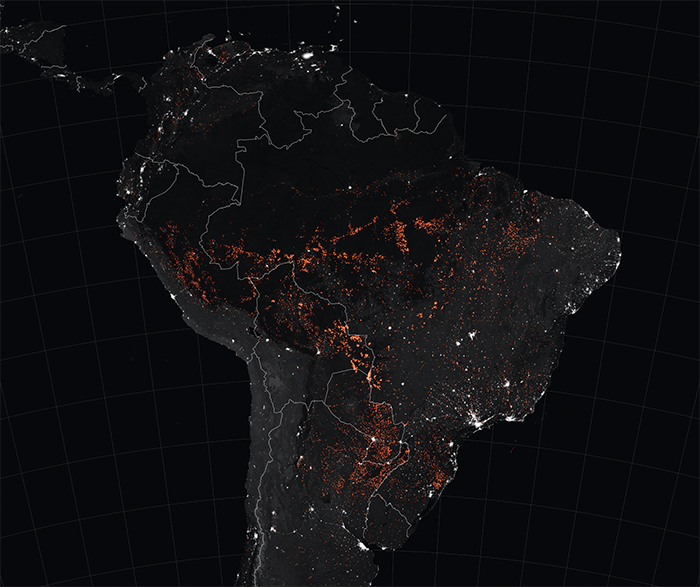
Drollette: Why is the dry season becoming five weeks longer?
Nobre: This is a synergistic combination of droughts induced by global warming, combined with deforestation in the Southern Amazon—mostly for pastures for cattle ranches.
And when those forests go, that has a huge effect. You see, over tens of millions of years of ecological evolution, many trees in the Amazon have developed a very deep rooting system, that gets down to 7, 10, or even 12 meters below the surface, where they can access water deep underground. It’s unique—no other forest in the world, has this. And what it means is that even when there is more solar radiation, there is plenty of water deep in the soil that the trees can pump up.
But when you replace the trees of that forest with pasture, what happens is that the kinds of plants that live in pasture have very, very shallow rooting systems, going only about 1.5 meters down. So, during a severe dry season, the pasture-associated tree is unable to capture moisture. The amount of what we call “evapotranspiration” is about one-third to one-fourth that of trees in the Amazon rainforest.
So, that’s one reason why the dry season is becoming lengthier and lengthier. In the forest, at the end of the dry season, there is a tremendous amount of evapotranspiration, and that turns into the rain of the rainy season. But with pasture species, there’s very little transpiration, so there’s very little water vapor available to become rain.
This is happening across the large areas in the Amazon: something like 1 million square kilometers that’s turned to pastures.
Drollette: That’s really disturbing. Is there any chance of it going back by itself? In other words, once an area of rainforest has turned into savannah, is there much chance of it turning back on its own to the kind of jungle that was there before?
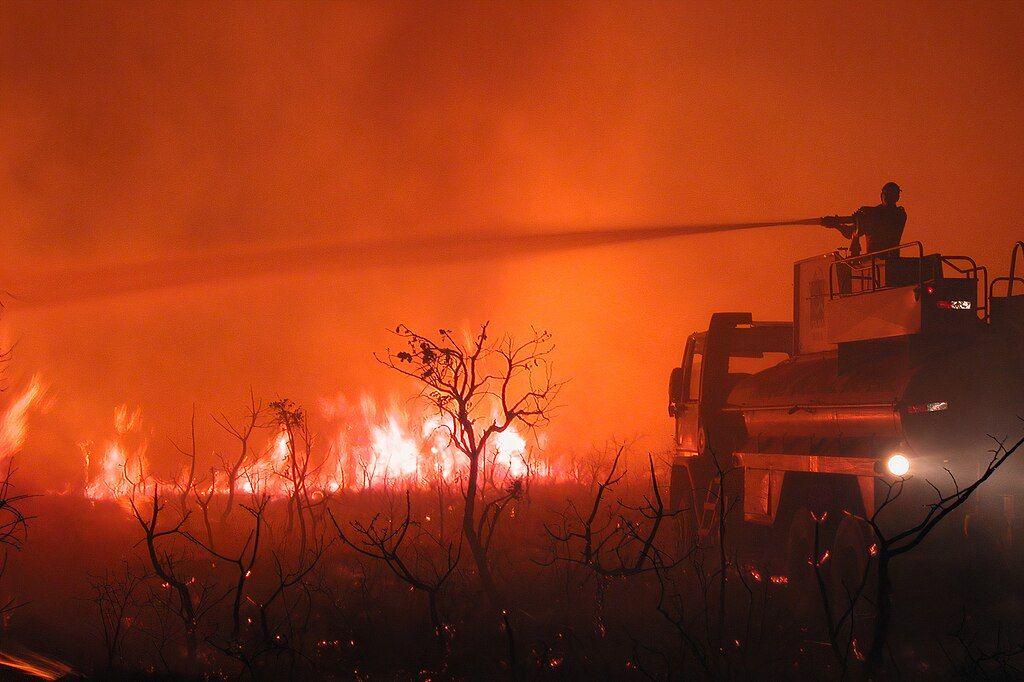
Nobre: No, not really, because it’s a self-degradation system, where it builds on itself.
And once it reaches that point—most likely around 2050—then about half to 70 percent of the rainforest will become this degraded, savannah-like biome.[3]
What many studies show is that if we exceeded two to 2.5 degrees Celsius of warming, and have only 20 to 25 percent of the Amazon forest left, then we are going to reach the tipping point where it will self-degrade. And if that happens, then we release more than 200 billion tons of carbon dioxide into the atmosphere, making it almost impossible to keep global warming down.
And after you’ve reached that point, even if we could completely stop emissions of greenhouse gasses—let’s say we would be able to keep the temperature at 1.5 degrees by the 2100—even if that happens, it will take several centuries for the forest to regrow, and then slowly it would be reducing the length of the dry season. It would take hundreds and hundreds of years.
Drollette: Sounds pretty dire. Though I suppose some climate-deniers might contest it. How would you reply to someone—say, someone here in North America—who says “Okay, so the Amazon dries up in the Southern Hemisphere. It doesn’t affect us up here.”
Nobre: I would say that there have been numerous science papers published, which show that this drying-up process means that there would be at least a 30-percent reduction in rainfall. And studies have shown as soon as you do something on that scale in the Amazon, then you start generating atmospheric wave effects that propagate to the north, through Central America, Mexico, and all the way to California. And these waves would induce even more droughts in California, similar to what an El Nino does.
And a second impact is what I already mentioned—that within 30 to 50 years, we are going to lose at least 202 billion tons of carbon, making it impossible to keep the temperature rise below 1.5 degrees. (Of course, this is not only in the West, but globally.)
And a third impact I’d tell them is that the degradation of the Amazon rainforest raises tremendously the risk of epidemics and pandemics. For the first time in 500 years, we are having epidemics that can be traced to the Amazon. Two of them are especially concerning: One is a virus called mayaro fever, and the other is oropouche fever. Both are likely native to the Amazon, and have now spread all over Brazil. They are transmitted by infected mosquitoes; there are no vaccines to prevent them or medicines to treat them. There are least 48 such zoonoses that we know of from this region—that is, diseases that can be passed from animals to humans.
So there will be pandemics, yes, and that will affect the whole planet, including North America.
And a fourth impact is that if the Amazon goes, then we are going to lose the largest level of biodiversity on the planet.
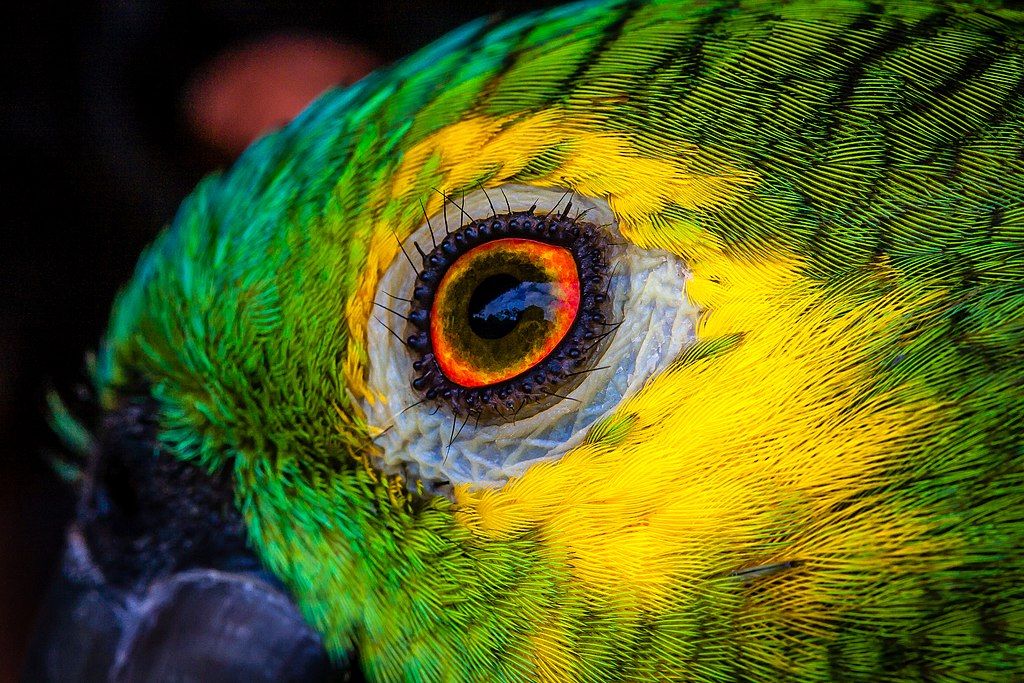
Drollette: We talked earlier about whether there’s a chance of this self-degrading process turning back on its own—which sounds like it won’t happen. But what about man-made reforestation—in other words, taking an abandoned cattle ranch and replanting it with rainforest species. Can fallow land like that be brought back to rainforest?
Nobre: This is one thing that I have been working on a lot; I’m a member of the Brazilian Development Bank’s Advisory Board.
And that fact alone is pretty significant; for the first time in its more than 50-year history, this bank has someone on its advisory board from the environmental science end. And it’s recent—just last year.
It’s not just me, but also a former Minister of Environment in Brazil. So we’ve started bringing to this bank a lot of these questions about climate change. And one of the things that I raised in 2023 was the need for reforestation in the Amazon.
We need this for all Brazilian biomes, but particularly the Amazon.
And fortunately, this council approved in 2023 the creation of what’s been called the Arc of Restoration project, to restore 24 million hectares[4] between now and the year 2050—the largest forest restoration project in tropical forests. The idea is to restore 6 million hectares from now to 2030, and then another 18 million hectares between 2031 and 2050.[5]
And most of that land is in the form of cattle ranches with degraded pasture—totally degraded. So the big challenge is how to convince cattle ranchers to get part of their pasture restored.
I expect that even after they get on board, it may still take some time to see an effect—but then it will accelerate. For the first three years of reforestation, the forest is growing slowly. But after three years, the forest starts growing very fast, and removing gigantic amounts of carbon.
And then a rancher can go into the carbon credit markets, and make a lot of money.
The big challenge is to convince cattle ranchers to try it, which is not easy, because cattle ranchers, culturally, are very much in favor of having 10,000 to 20,000 hectare cattle ranges.[6] It’s a cultural thing.
But I’m optimistic that the Brazilian government—and other Amazon governments—will fully support these kinds of really large-scale forestry restoration projects.
Though I think we all have to fight for it to happen.
Drollette: What is the biggest challenge?
Nobre: The big challenge is how to combat organized crime. As I said, most of the fires in the Amazon were man-made fires. And a lot of those fires were caused by organized crime, which historically has been responsible for about 80 percent of deforestation in the history of the Amazon. It’s all associated with drug trafficking, illegal gold mining, illegal selective logging, and illegal wildlife trafficking.
Studies show that, in some years, the economy of this organized crime in the Amazon is about $280 billion a year. So that’s a big challenge—our Minister of Environment, Marina Silva, agrees with me in thinking that it’s responsible for most of these forest fires in 2024.
Drollette: Can you explain some of the mechanics of the role of organized crime?
Nobre: Organized crime is involved in the illegal land market. They go to public lands, or areas that fall into gray areas—lands that were not clearly designated as public, or as conservation units, or as indigenous territories. So they go set fire to the forest, bring in cattle, start a ranch, and sell it. There has been an illegal cattle ranch market going on for decades and decades, mostly in Brazil, but also in other countries.
And it seems that a lot of what happened last year was related to organized crime. It’s all connected: forest burning, drug trafficking, and illegal markets.
Drollette: Were there any last comments that you wanted to make?
Nobre: I think we have to look quickly to nature-based solutions: restoring the rainforest, and finding sustainable, regenerative agriculture that really looks at the long-term. It’s totally feasible—a new “bio-economy” of social biodiversity and the largest-scale forestry restoration, that will improve the livelihoods of all Amazonian populations. So I’m very optimistic that we are going to scale up initiatives like the Arc of Restoration, and put organized crime to the side.
Endnotes
[1] See https://www.science.org/doi/10.1126/sciadv.aba2949
[2] A savannah is typically considered to be a mixture of grassland and woods, with the trees so widely spaced that the canopy above does not close. In comparison to a rainforest, it has low tree density and is much drier.
[3] In the words of the World Wildlife Organization: “When a forest is degraded it still exists, but it can no longer function well. It becomes a shell of its former self; its health declines until it can no longer support people and wildlife by, for example, filtering the air we breathe and water we drink, or providing animals with food and places to live. Forest degradation, in terms of land mass, is an even bigger problem than deforestation…” See https://www.worldwildlife.org/stories/what-is-forest-degradation-and-why-is-it-bad-for-people-and-wildlife
[4] 24 million hectares is about 92,664 square miles. By comparison, Yellowstone National Park in the United States is 3,472 square miles.
[5] For more about the Arc of Restoration program, see the December 2, 2023 Reuters article, “Brazil launches $204 million drive to restore Amazon rainforest” at https://www.reuters.com/business/environment/brazil-launches-204-million-drive-restore-amazon-rainforest-2023-12-02/
[6] Roughly between 38 and 77 square miles. To give a sense of these dimensions, the island of Manhattan is 22.82 square miles in size.
Together, we make the world safer.
The Bulletin elevates expert voices above the noise. But as an independent nonprofit organization, our operations depend on the support of readers like you. Help us continue to deliver quality journalism that holds leaders accountable. Your support of our work at any level is important. In return, we promise our coverage will be understandable, influential, vigilant, solution-oriented, and fair-minded. Together we can make a difference.
Keywords: Amazon, drought, forest fire, rainforest, tipping point, wildfire
Topics: Climate Change

